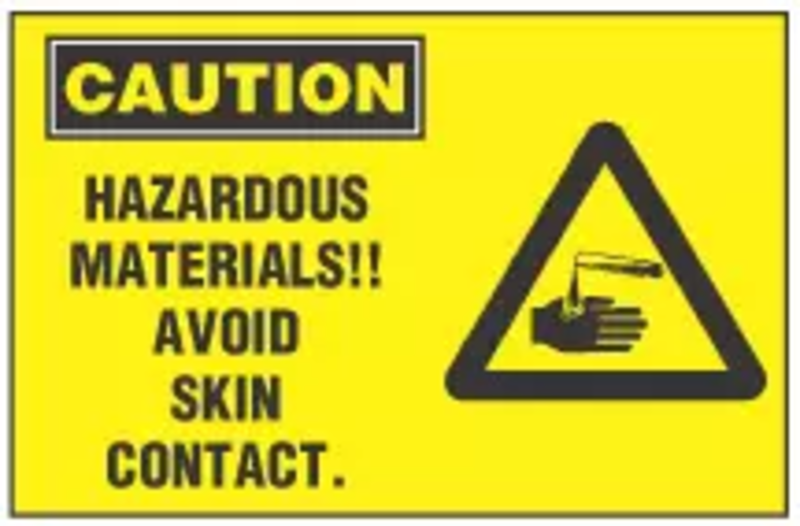Protective Gloves

When evaluating the potential for injury to hands while working on equipment, if it is determined that general workplace practice will not in itself provide enough protection then protective equipment must be provided. This includes gloves, finger guards and arm coverings or elbow-length gloves. Machine guards can be shown to provide some protection, but certainly not enough to ward off possible injury.
There are many types of hazards that a worker’s hands may encounter and there are many types of gloves that are available for each of the hazards. It is extremely important that workers use the gloves that have been specifically designed for the type of hazard they face. When making the decision of what type of gloves to choose, the following must be considered: the type of chemicals handled, what type of contact will be encountered, the duration of the contact, what part of the hands or arms are involved, what type of grip is necessary, thermal protection, abrasion protection and the size and comfort needed by the worker.
Gloves are made from leather, canvas or metal mesh, fabric, coated fabric, chemical and liquid resistant materials and insulating rubber. To protect against cuts, burns and continuous heat, metal mesh or canvas gloves provide the best protection. For protection against sparks and rough objects, leather gloves work best. When insulating protection is required, aluminized gloves with a synthetic material insert is used. When looking for protection against heat, cold and abrasive material it is best to use aramid fiber gloves. Synthetic gloves are also used for heat, cold and abrasive materials and can provide protection from some diluted acids.
Fabric gloves will protect against dirt, chafing and abrasions. However, when dealing with rough, sharp or heavy materials it is best to use coated fabric gloves. These types of gloves work best when working with concrete, bricks, wire and chemical containers. Chemical and Liquid Resistant Gloves are made out of various types of rubber. They include latex for general purpose work; butyl for highly corrosive acids; neoprene for protection against hydraulic fluids; gasoline and alkalis; and nitrile gloves for protection from chlorinated solvents oils and grease.
The US Department of Energy provides an Occupational Safety and Health Technical Reference Manual. It rates various gloves for protection against specific chemicals and is an excellent tool to use when selecting the appropriate gloves for a specific operation.